
Layer when swimming in open water to regulate your body temperature, keep you warm without restricting mobility, improve speed and your swimming efficiency in the water.
As wild swimmers, we know that feeling of diving into refreshingly cool waters on a warm summer day. As the seasons change those same waters can feel a lot less inviting. That's where the concept of layering comes in - allowing you to keep exploring nature's swimming spots year-round in comfort.
In this guide we are going to run through how to use wetsuits, swimsuits and associated swim accessories to keep you and your extremities warm.
Understanding how to layer effectively allows swimmers to maintain comfort and extend their swimming season across all conditions, from summer warmth to winter cold.
The benefits of a wetsuit or swimsuit for open water swimming
The fundamental concept behind layering for open water swimming involves trapping thin layers of water between garments or against the skin. Unlike air-based insulation used in terrestrial activities, aquatic layering relies on your body warming these trapped water layers, which then act as thermal barriers against the surrounding cooler water.
This system offers several key advantages:
- Temperature regulation through adding or removing layers as conditions change
- Maintained mobility without sacrificing warmth
- Extended comfort range across varying water and air temperatures
- Gradual thermal adjustment when entering and exiting water
At first, I would dread the chill as I lowered myself into the water. Still, as I got used to the sensation and how the cold affected my body, I began to relish the cooler temperatures. - Read Stephs Story
Building Your Layering System
Effective layering for open water swimming follows a modular approach, allowing you to customise your thermal protection based on specific conditions and personal comfort preferences.
Full Coverage: The Swimming Wetsuit
At the foundation of cold water swimming lies the full wetsuit, providing comprehensive thermal protection through natural rubber or neoprene insulation.
Available in a range of thicknesses, with different densities of neoprene mapped around the body it allows you to effortlessly adapt your gear for ultimate comfort, warmth and swimming efficiency.
We recommend 3-5mm thickness for warmer waters and 5-7mm for cold water winter swimming.
Temperature guidelines for wetsuit thickness:
- 3-5mm thickness: Water temperatures above 15°C (59°F)
- 5-7mm thickness: Water temperatures below 15°C (59°F)
The key to wetsuit effectiveness lies in achieving a snug but not restrictive fit that minimises water circulation while maintaining stroke mechanics. We have a guide to help you find your perfect wetsuit fit.
Our wetsuits are specifically designed for open water swimming. To help you get started we have a guide to choosing the perfect outdoor swimming wetsuit.
Modular Protection: Two-Piece Systems
Two-piece wetsuit systems offer increased versatility by allowing independent adjustment of upper and lower body protection. This approach proves particularly valuable when water and air temperatures differ significantly, or when you need enhanced arm mobility for extended swimming sessions.

A two-piece system can be further enhanced by incorporating swimming shirts or rash guards, which provide additional thermal protection while maintaining the flexibility essential for efficient stroke mechanics.
Protecting Our Land, Rivers and Sea
The waters we swim in and the gear we wear are more connected than we might think. Every wetsuit and swimsuit carries a story - not just of performance and protection, but of how it came to be and where it will end up. Understanding these stories helps us make choices that protect the environments we love to explore. This is why we have introduced Yulex® natural rubber sourced from FSC®-certified forests into our wetsuit range. While wetsuits address the challenge of sustainable material sourcing, swimwear tackles a different environmental crisis: marine plastic waste. ECONYL® regenerated nylon transforms this environmental problem into a solution. This innovative material is created from ghost fishing nets, industrial waste, and old carpets - the same materials that once posed threats to marine life now become swimwear designed to thrive in mountain rivers, lochs and tarns.
Minimal Coverage: Traditional Swimwear
For warmer conditions or swimmers preferring maximum freedom of movement, traditional swimwear forms the base layer of any system. Modern technical swimsuits offer several advantages over basic designs:
Enhanced mobility: Minimal material interference with natural swimming motion allows for more efficient stroke mechanics and reduced drag.
Rapid thermal transition: Quick-drying technical fabrics facilitate faster temperature adjustment when moving between water and air environments.
Streamlined profile: Reduced bulk minimises drag while maintaining adequate coverage for extended sun exposure.

Freedom of Movement
Basic swimsuits provide maximum flexibility and freedom of movement in the water compared to wetsuits or heavier layers. The minimal and stretchy material allows for uninhibited swimming strokes.
Quick Drying
Lightweight swimsuit fabrics like nylon, Lycra, and polyester dry much faster than wetsuits after getting out. This prevents that heavy, waterlogged feeling. we use ECONYL®, a recycled material made from ocean plastics and nylon waste in our Dulsie one-piece and Nefyn two-piece swimsuits.
Easy Temperature Regulation
With just a thin layer, it's easy to warm up or cool down by removing or putting on your swimsuit. You can quickly adapt to changing weather without wrestling bulky gear.
Minimalist Immersion
For some, open water swimming in just a bathing costume offers the most back-to-basics connection with nature (other than skinny dipping!). There's no cumbersome equipment separating you from full water immersion.
Sun Protection
Rash guard swimsuits provide built-in UV protection to shield your skin during long swim sessions. Look for a swimsuit with UPF 50+
Travel Friendly
Swimsuits pack down to an ultra-portable size, making them easy to carry to remote swimming spots. No lugging heavy gear is required.
While swimsuits don't provide much insulation for colder conditions, their simplicity offers key advantages. The unencumbered flexibility, quick-drying convenience, and minimalist connection to the water make swimsuits a freeing wild swimming choice.
Protect your Extremities with Swimming Accessories
Heat loss through extremities represents a significant thermal challenge in open water swimming. Strategic use of swim accessories addresses these vulnerable areas while complementing your core layering system.
Essential Accessories
Thermal headwear: Swimming caps and neoprene hoods significantly reduce heat loss through the head and neck, areas responsible for substantial thermal loss in cold conditions.
Hand and foot protection: Neoprene gloves, mittens, and booties maintain dexterity while preventing numbness that can compromise swimming safety and enjoyment.
Additional insulation layers: Neoprene vests and shorts can be layered under wetsuits for enhanced core warmth or worn independently for moderate temperature conditions.

The combination of these accessories creates a comprehensive thermal management system suitable for extended cold water swimming sessions.
Swim hat, goggles, swim gloves, swim booties and tow float complete the look for swimming all seasons.
With this mix-and-match system, you can self-regulate temperature and easily adjust for any water or weather condition. No wild swimming spot is off limits when you master the layered approach!
So don't let cold waters limit your adventures. With these cold water safety tips and with smart swimwear choices and strategic layering of swimming accessories with swimsuits and wetsuits, you can enjoy plunging into nature's swimming spots year-round.
Post-Swimming Thermal Management
Effective layering extends beyond in-water protection to include rapid warming and temperature stabilisation after swimming. The transition from water to air represents a critical thermal challenge, particularly in cold conditions.

Post Swim Clothing
Changing robes and large towels: These provide immediate thermal protection while facilitating clothing changes in outdoor environments. Quality changing robes incorporate windproof outer layers with insulating inner materials. A large towel or a changing robe is perfect for quickly wrapping up in after a swim. Changing Robes in particular offer a convenience that is hard to beat. Look for ones made from cozy materials like fleece or microfiber that insulate while allowing airflow.
Insulated outer layers: Technical jackets with fleece lining can be worn directly over wet swimwear, providing immediate warmth while allowing natural drying to occur. You may already have an insulated jacket like our Jura fleece lined jacket. This is great for just throwing over the top of your swim kit.
The key to effective post-swim layering lies in having easily accessible, quick-deployment thermal protection ready before entering the water.
Adapting Your System
At its core, layering involves using multiple lightweight garments that trap heat far better than one thick layer. This simple approach provides exceptional warmth and versatility, allowing you to easily adjust to changing conditions. By adding or removing layers, you can stay perfectly comfortable before, during, and after your wild swim.
Successful layering requires understanding how different combinations perform across varying conditions. Water temperature, air temperature, wind conditions, and swimming duration all influence optimal layer selection.
Gradual adaptation: Begin with more conservative layering approaches and gradually reduce protection as you build cold water tolerance and understand your personal thermal requirements.
Condition-specific adjustments: Develop different layering combinations for various scenarios - short swims versus longer sessions, calm versus rough water, and different seasonal conditions.
Equipment evolution: Your layering system will naturally evolve as you gain experience and understand which combinations work best for your swimming style and thermal preferences.
Swim your way
Outdoor swimming encompasses a broad spectrum of approaches, from fully equipped cold water swimming to a minimalist approach. Understanding this spectrum helps you choose the approach that best matches your goals, local conditions, and comfort level.
At its purest, wild swimming can be done 'au naturel' with no clothing at all. This allows you to fully immerse in nature and eliminates any clothing inhibitions. However, skin swimming may not be ideal for colder waters or compliant with local regulations. Be sure to check before you dip!
Each approach offers distinct benefits and challenges, and many swimmers find value in experiencing different points along this spectrum as conditions and experience levels change.
The beauty of a well-developed layering system lies in its flexibility - the same collection of gear can be recombined to address dramatically different conditions, extending your swimming season and expanding the range of environments you can comfortably explore.

![Tarka Wetsuit [Mens]](http://eu.alpkit.com/cdn/shop/files/mens-tarka-2025-1.jpg?v=1744741374&width=768)
![Tarka Wetsuit [Mens]](http://eu.alpkit.com/cdn/shop/files/mens-tarka-2025-4.jpg?v=1744741374&width=768)
![Tarka Wetsuit [Womens]](http://eu.alpkit.com/cdn/shop/files/womens-tarka-2025-1.jpg?v=1744741661&width=768)
![Tarka Wetsuit [Womens]](http://eu.alpkit.com/cdn/shop/files/womens-tarka-2025-3.jpg?v=1744741662&width=768)
![Straven [Womens]](http://eu.alpkit.com/cdn/shop/files/womens-straven-2025-1.jpg?v=1744741948&width=768)
![Straven [Womens]](http://eu.alpkit.com/cdn/shop/files/womens-straven-2025-3.jpg?v=1744741949&width=768)
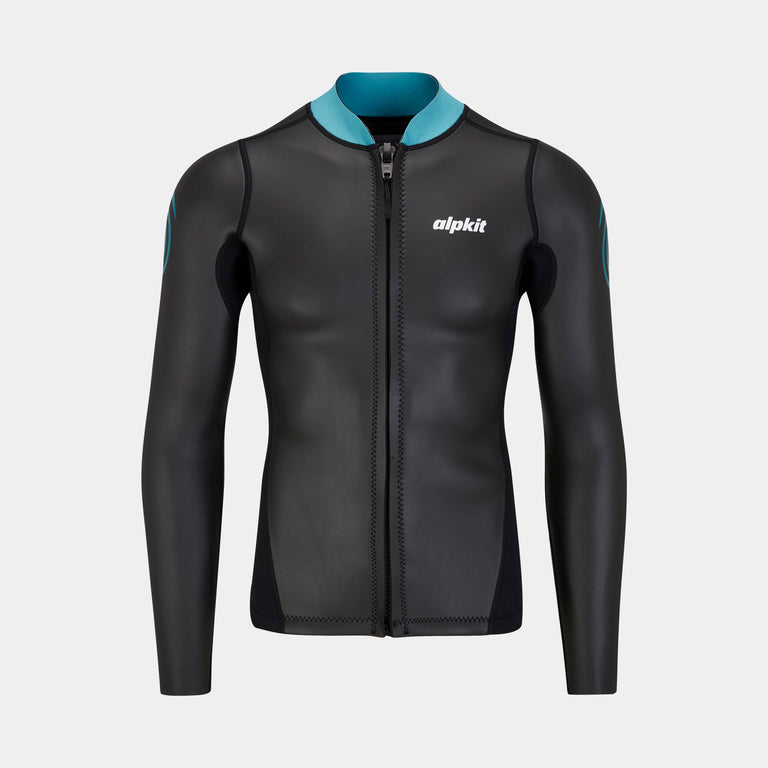
![Element Wetsuit Jacket [Mens]](http://eu.alpkit.com/cdn/shop/products/element-mens-jacket-pants-ecom-2_20228afb-4b26-41de-8747-726b26edded5.jpg?v=1699443321&width=768)

![Element Wetsuit Jacket [Womens]](http://eu.alpkit.com/cdn/shop/products/element-womens-jacket-pants-ecom-2.jpg?v=1702651976&width=768)
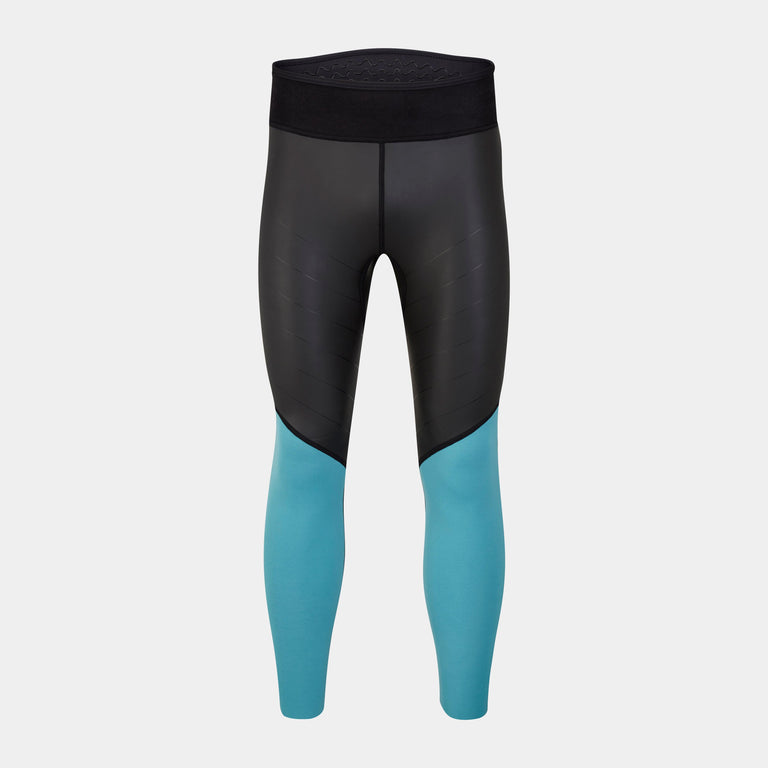
![Element Wetsuit Pants [Mens]](http://eu.alpkit.com/cdn/shop/products/element-mens-jacket-pants-ecom-2_c06af369-dc75-44f8-9ccb-f65f3737c4aa.jpg?v=1699443392&width=768)
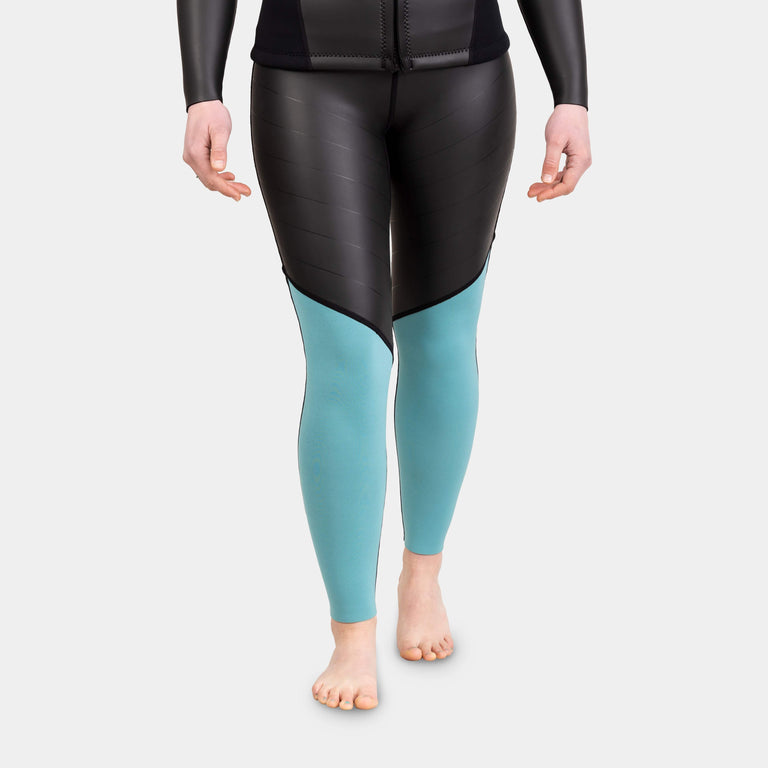
![Element Wetsuit Pants [Womens]](http://eu.alpkit.com/cdn/shop/products/element-womens-jacket-pants-ecom-2_255d3f4a-410d-4d32-a657-6d9bab5b0d2d.jpg?v=1702651971&width=768)
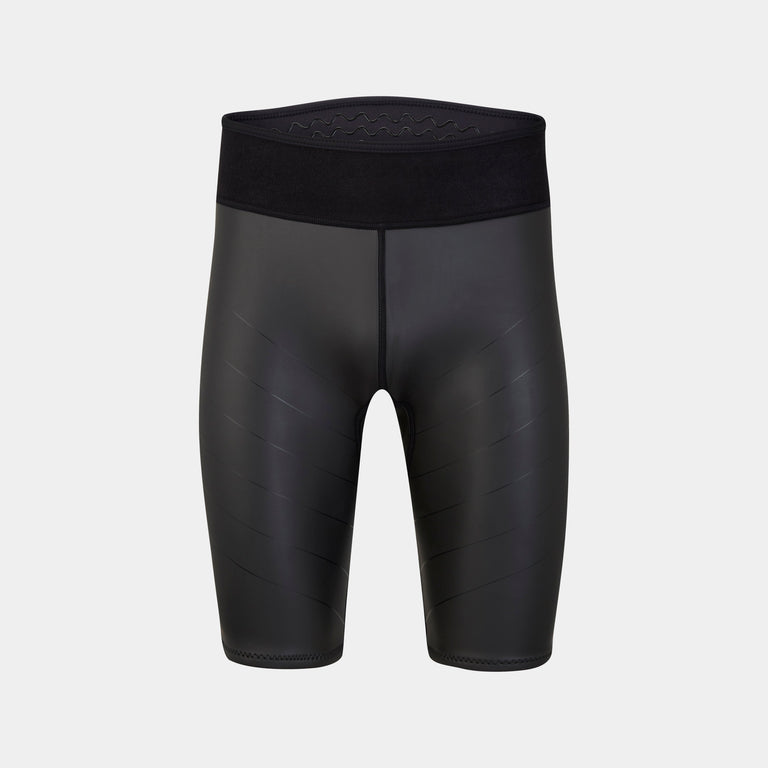
![Element Wetsuit Shorts [Mens]](http://eu.alpkit.com/cdn/shop/products/element-mens-vest-shorts-ecom-2.jpg?v=1702916294&width=768)
![Element Wetsuit Shorts [Womens]](http://eu.alpkit.com/cdn/shop/products/womens-element-shorts.jpg?v=1702654051&width=768)
![Element Wetsuit Shorts [Womens]](http://eu.alpkit.com/cdn/shop/products/element-womens-vest-shorts-ecom-1.jpg?v=1702654051&width=768)
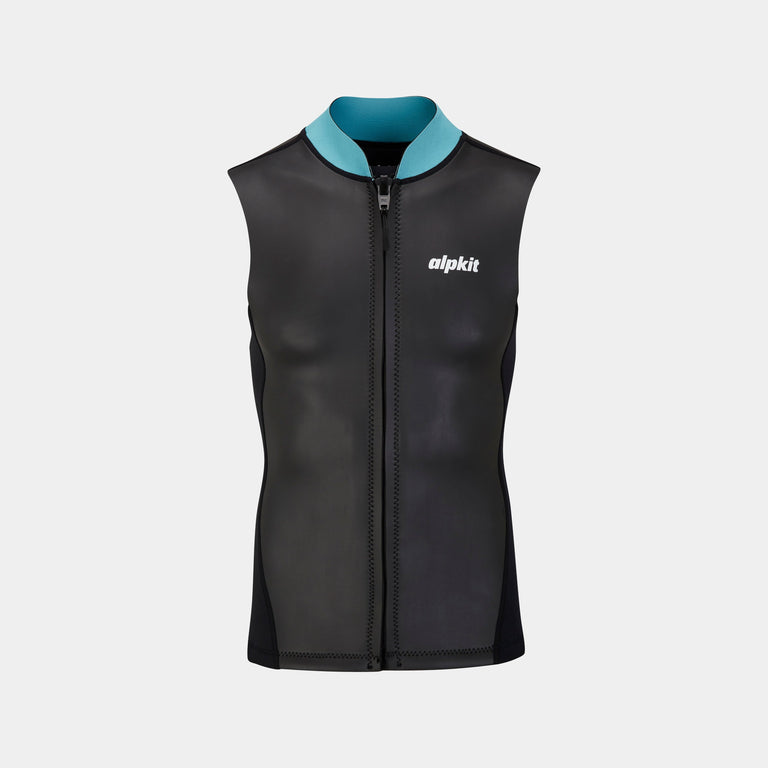
![Element Wetsuit Vest [Mens]](http://eu.alpkit.com/cdn/shop/products/element-mens-vest-shorts-ecom-2_bed513c4-b564-4446-856d-d889f90f885e.jpg?v=1702909396&width=768)
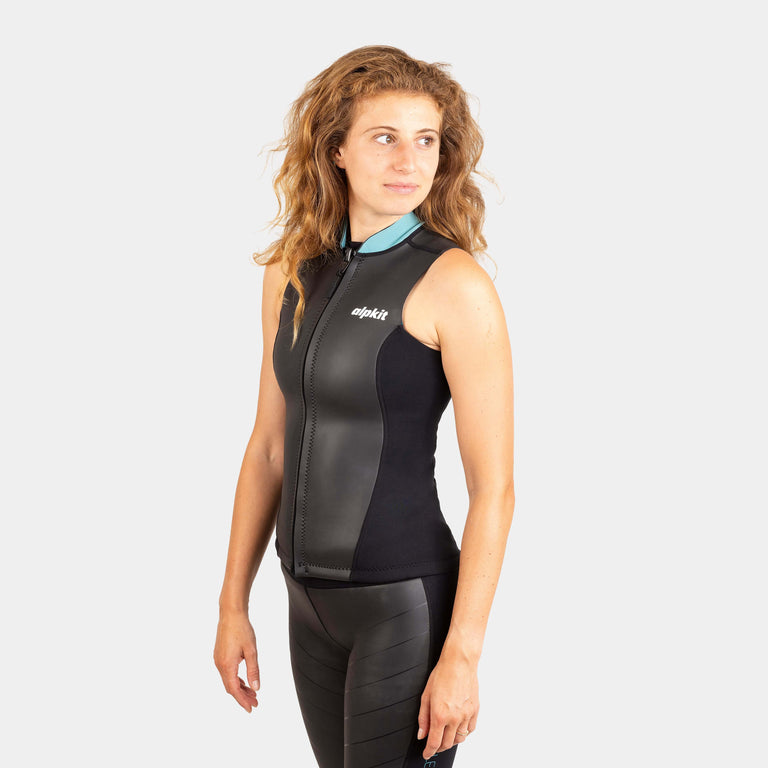
![Element Wetsuit Vest [Womens]](http://eu.alpkit.com/cdn/shop/products/element-womens-vest-shorts-ecom-1_1528bae7-f3c8-4428-8269-460923ac64da.jpg?v=1702894771&width=768)
![Silvertip Cold Water Wetsuit [Womens]](http://eu.alpkit.com/cdn/shop/files/silvertip-womens.jpg?v=1706641977&width=768)
![Silvertip Cold Water Wetsuit [Womens]](http://eu.alpkit.com/cdn/shop/files/SWAKSILTSC-neoprene-outdoor-swimming-cap-in-water_758f3933-2d1a-471a-a965-24105416e9b2.jpg?v=1706641977&width=768)